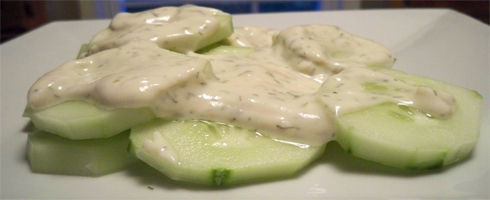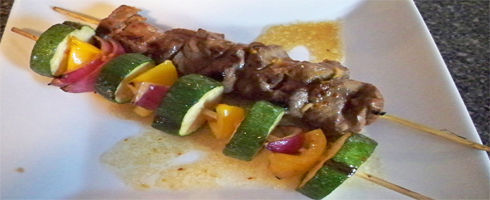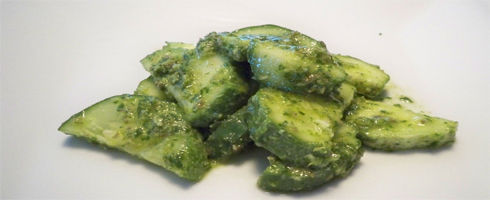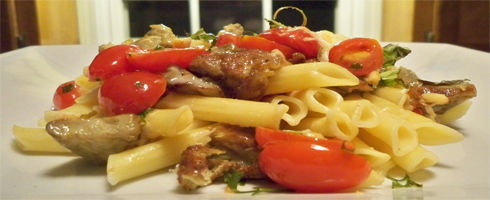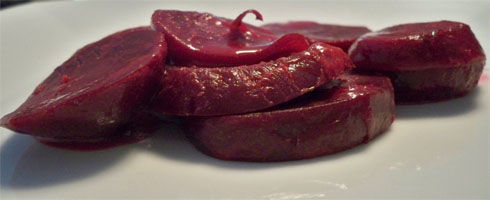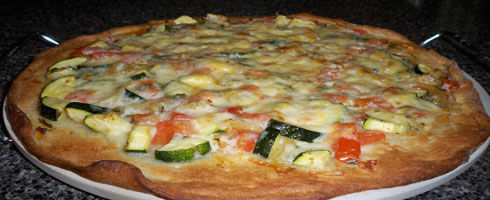Pantry List: Having basic cooking ingredients at home saves time and makes it easier to eat well day in, day out. With a well-stocked pantry, you can whip up creative meals with items on hand and shorten your shopping list when preparing a complicated meal. Consider buying pantry items in bulk from a reliable local store where stock rotation ensures the freshness of food. That way you get the quality and quantity you want and you’ll save money and consume less packaging.
The staples below are suggestions of foods good to keep on hand. I certainly do not stock them all, just the things that I use most regularly. I hope you’ll use the list for inspiration and as a reminder when it’s time to shop for food.
Shelf Items
1. Grains
Barley, bulghur, buckwheat groats (kasha), cornmeal, couscous, grits, millet, oats, popcorn, quinoa, rice (arborio, brown, white).
Note: Transfer packaged or bulk grains to glass jars with tight-fitting lids for storage: it’s easier to see how much you have on hand and helps protect your grains from insects. Milled grains, like flours and meals, have a shorter shelf life than whole grains, so unless you use them up within a month, they should be refrigerated or frozen in closed containers.
2. Beans
Dried – Black turtle beans, black-eyed peas, chick peas, red kidney beans, cannellini (white beans), lentils (red, brown), limas, navy or pea beans, pintos, split peas (green, yellow).
Canned – Butter beans, black beans, chick peas, kidney beans, cannellini.
Note: When buying dried beans, look for those with uncracked shiny coats and good color. Red the labels on canned beans. Some are sodium-free, some are organic, some have additives and preservatives.
3. Pasta
Asian – Rice noodles, soba noodles, udon noodles.
Italian – Spaghetti, linguine, penne, ziti, farfalle, orzo, lasagna noodles.
Note: Dried pasta, if stored in a well-sealed container, can last a lifetime, so stock a range of shapes and sizes: tiny pasta to add to soups and stews, chunky pasta to toss with vegetables, and long noodles for saucing.
4. Nuts and Seeds
Almonds, cashews, hazelnuts (filberts), peanuts, pecans, pine nuts, walnuts, sesame seeds, poppy seeds, sunflower seeds, tahini, peanut butter.
Note: Nuts and seeds are terrific to have on hand for cooking, snacking, and for quick, nutritious additions to cereal, yogurt, and fruit salads. I possible, buy them in bulk, since the tend to be expensive. Check that they are crunchy, smell fresh, and have good color and sheen. Always store refrigerated.
5. Oils
Canola, olive (regular and extra-virgin), dark sesame oil.
Note: Experiment with different brands because the flavor varies. Oils that are used often can be stored in dark bottles or in a closed cupboard. Oils that are used less frequently should be stored in the refrigerator.
6. Spices and Herbs
Allspice, annatto (achiote), basil, bay leaves, black pepper, cardamom, cayenne, caraway, coriander seed, cinnamon (ground and stick), cloves, cumin seed, curry powder, dill, fennel seed, five-spice powder, garam masala, marjoram, mint, mustard seed, nutmeg, Old Bay Seasoning, oregano, paprika, rosemary, saffron, sage, tarragon, thyme, turmeric.
Note: An extensive spice collection is a real asset. Is there anything more frustrating than having everything you need for a recipe except one pesky herb or spice? since the flavor and fragrance of herbs and spices fade over time, buy in small quantities or store refrigerated in well-sealed containers. For best flavor, purchase them whole and grind them as needed.
7. Condiments
Chinese chili paste, chinese fermented black beans, fermented black bean sauce, fish sauce (nuoc mam), fruit spreads, hoisin sauce, mustard (Dijon, spicy brown, yellow), soy sauce, hot sauce, vinegars (apple cider, red wine, balsamic, rice wine), wasabi powder.
Note: Condiments add depth, heat, pungency, flavor, and complexity and can make a so-so dish suddenly delicious. Those that contain fresh ingredients, oil, or high percentages of sugar or other sweeteners should be refrigerated.
8. Canned and Jarred Goods
Artichoke hearts, capers, coconut mik (unsweetened), olives (Spanish, kalamata, black), pinientos, roasted red peppers, chipotle peppers in adobo sauce, salsa, tomato juice, tomato paste, whole tomatoes, tomato sauce, clams, clam juice.
Note: Read the labels and experiment with different brands to find your favorites. I think canned goods that are free of additives and preservatives taste best.
9. Wines and Liqueurs
Chinese rice wine, dry red and white wines, liqueurs (amaretto, Grand Marnier, Frangelico), Marsala, mirin, sake, sherry.
Note: Sometimes a splash of wine or liqueur can add the perfect touch to a dish. If not used regularly, store them in the refrigerator.
10. Frozen Foods
Black-eyed peas, lima beans, peas, corn, okra, puff pastry, filo dough, tortillas (wheat, corn) tempeh.
Note: Keep frozen foods well wrapped to avoid freezer burn.
11. Miscellaneous
Dried fruits (raisins, currants, apricots, dates, figs, dried cherries) – Store refrigerated in a closed container, if not using quickly.
Dried Mushrooms– Store in a cool, dry place
Fresh Garlic – Store in a vented jar.
Seaweed (Hijiki, Nori) – Store in a dry place
Sun-Dried Tomatoes – Store in a closed container or plastic wrap in the refrigerator.
Moosewood Restaurant New Classics, Copyright 2001, Moosewood, Inc., Clarkson Potter, Publishers.
